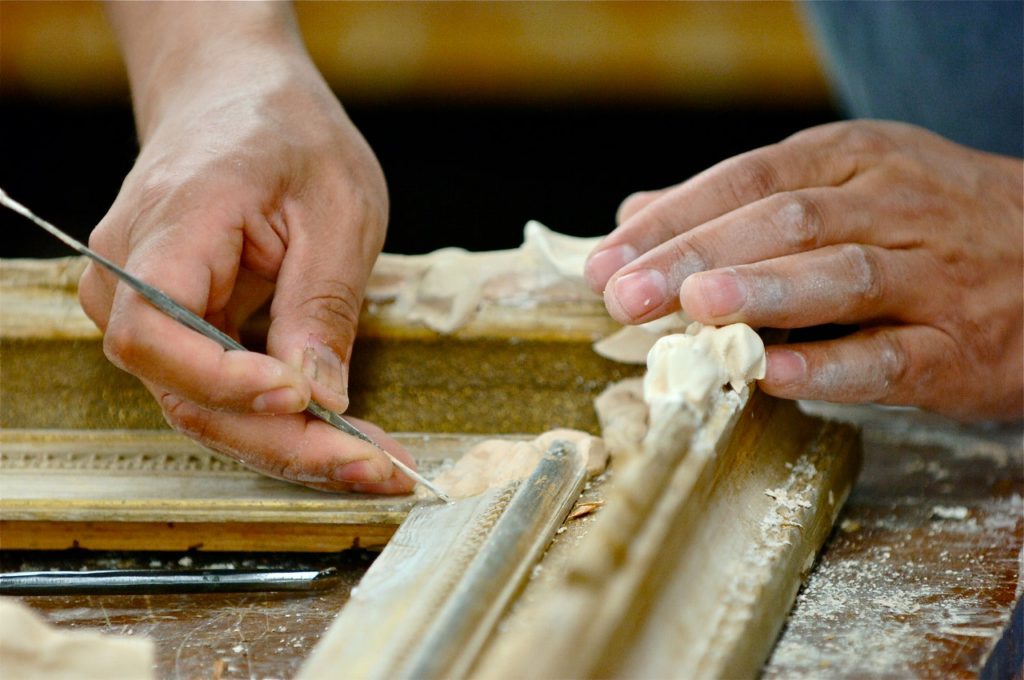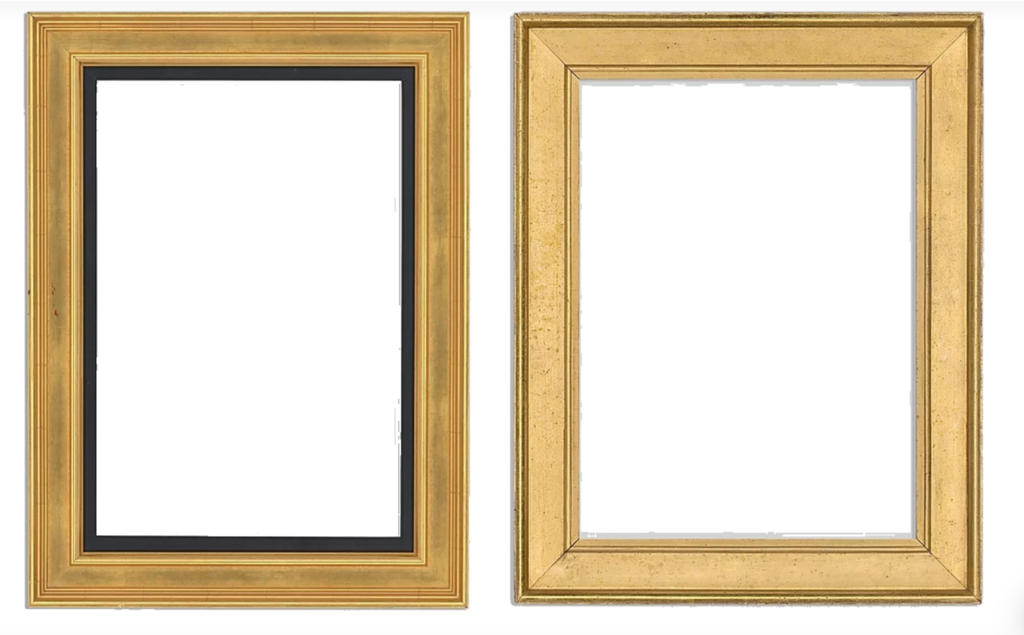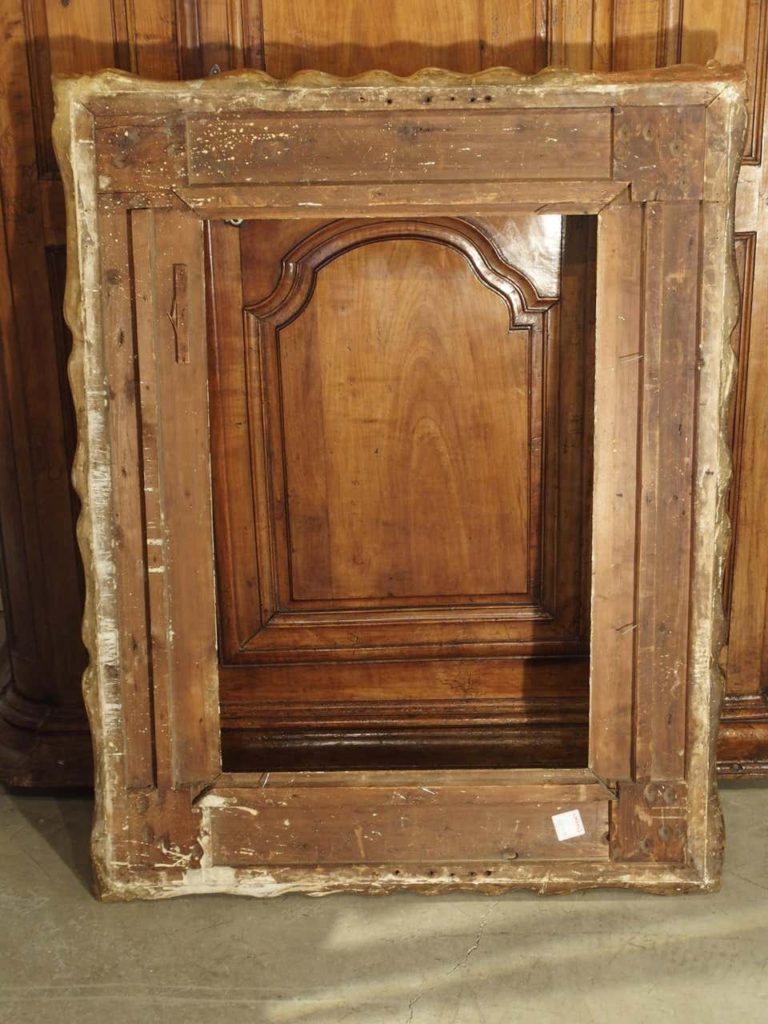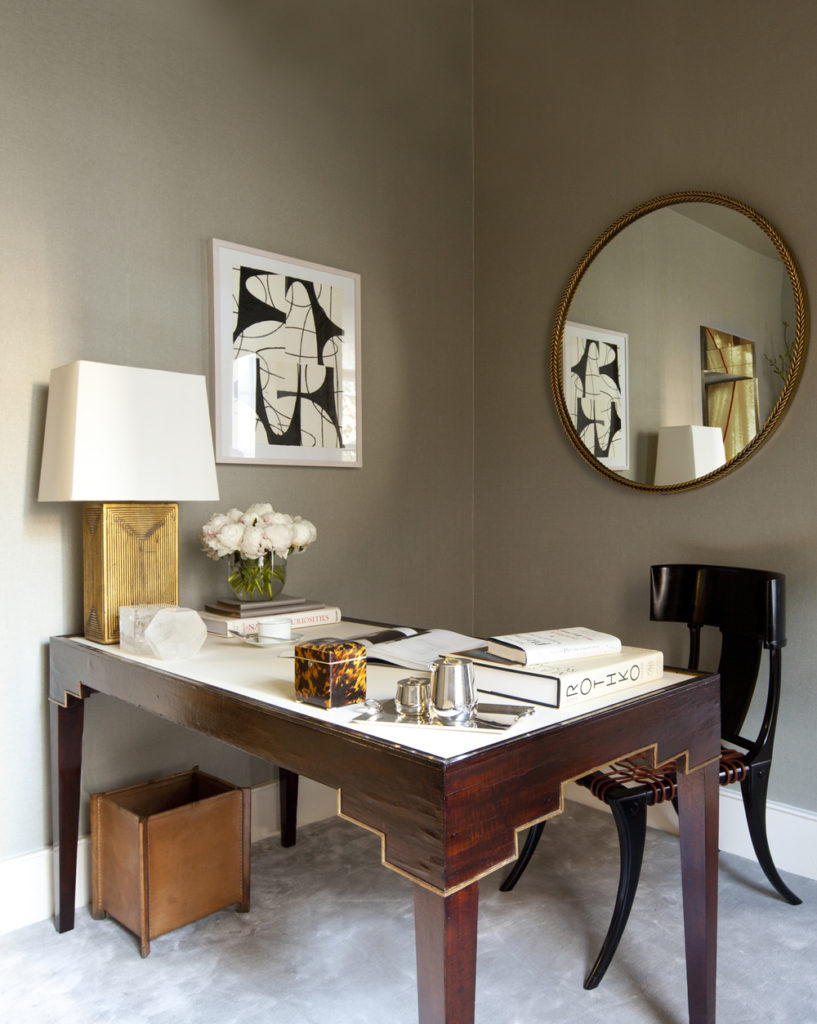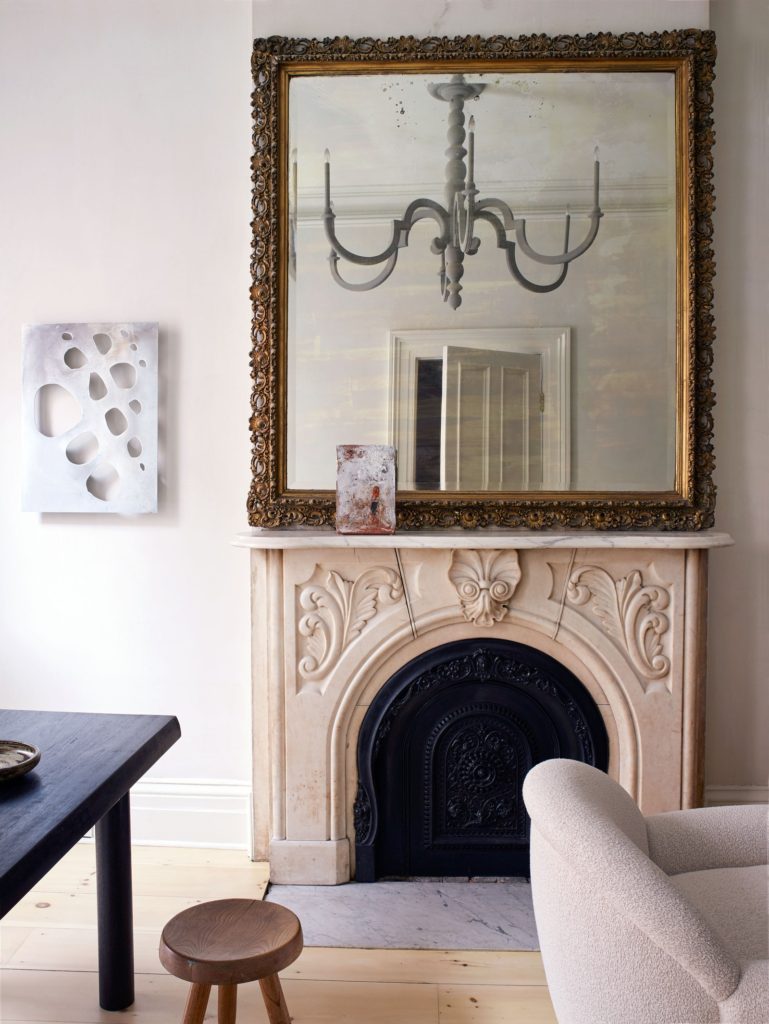

Please provide us with the following information when submitting an inquiry, and someone from the Trefler’s team will help you determine the next steps.
Please describe your item(s) in as much detail as possible. Information such as dimensions, what materials the item is made of (i.e. wood, plaster, porcelain), and your item’s current condition are all very helpful for our experts to make an accurate estimate.
We suggest providing at least three .jpg images per item. These should include; one image of the entire object, and detailed views of the area(s) of damage and/or pieces.
If you are submitting an inquiry for painting restoration, please provide an additional photograph of the back of the canvas.
Our team will review all inquiries and assess the best course of action to suit your needs.
We look forward to hearing from you.
